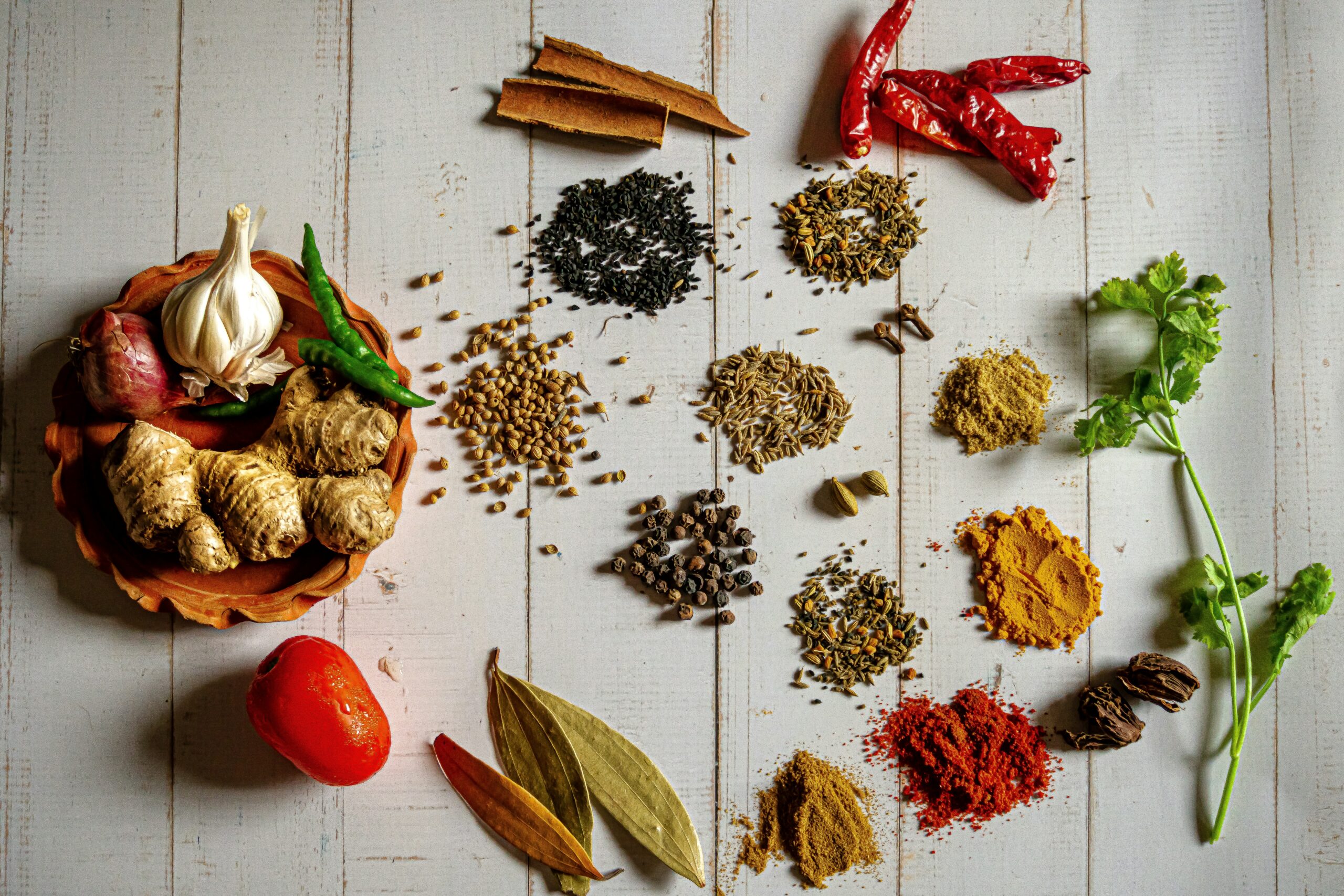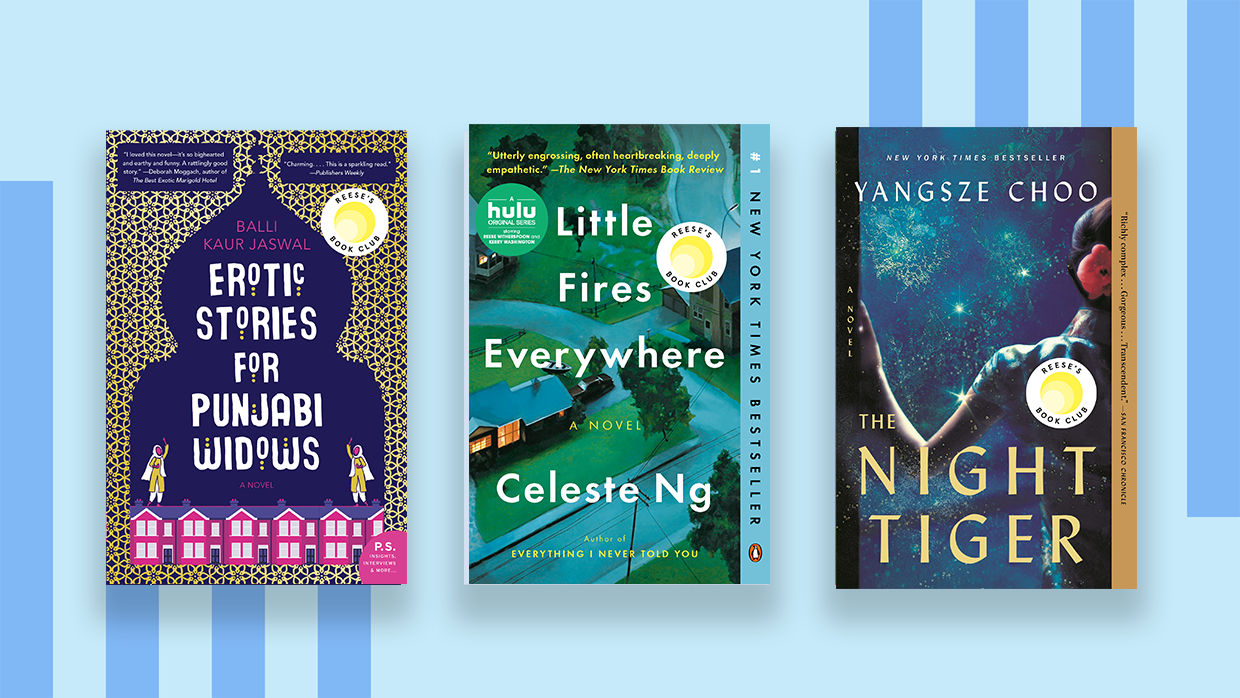Aloo Gobi. Parantha. Dal Chawal. Gulab Jamun. Palak Paneer. Pistachio Burfi.
These were the foods of my childhood in Rajasthan.
Long after my family left India and settled in America, my brothers and I continued to ask my mother — again and again — for those same dishes. Even now, when my family gets together, our meals include chapatti, subji and raita. When I first started to write The Henna Artist, I knew the intricate relationship Indian people have with their food would be an important part of the story.
In the centuries before Marco Polo came to India in search of spices, Indians harvested black and green peppercorns, pressed oil from cloves, and ground mustard seeds to flavor foods, tantalize the senses, and heal the body. The flavors of cilantro, turmeric, garam masala, and cumin are as much a part of my heritage, and my identity, as are the blue-green eyes I inherited from my mother, Sudha.
Even as I write this, I’m sipping chai infused with cardamom seeds, a stick of cinnamon and whole peppercorns. These overlapping flavors make the India of my childhood live again in my imagination, with all its chaotic, phantasmagoric glory; and they bring to mind sweet memories.
When I was writing the scene in which Radha is frying whole wheat flour for the laddus that Lakshmi has asked her to make, I could envision my mother doing that very thing, so many years ago. I could hear the tinkling sound of the golden bangles on her arms as she demonstrated how much sugar needed to be stirred into the flour.
And when Radha stops Lakshmi from too quickly adding cardamom seeds into the flour mixture, I was remembering my mother gently warning me to add spices to the sautéed flour only after it was warm enough to absorb their flavor.
Making Indian dishes takes time: multiple ingredients must be cut, peeled or diced; preparation must take place in stages; flavor is enhanced only by adding spices (as many as eight) at just the right time. In The Henna Artist, at the same time the cook of the Sharma household is rolling balls of samosa dough on her wooden board, she is also answering Lakshmi’s questions about Sheela Sharma’s suitors, checking other pots on the stove, keeping an eye on her assistant, and deflecting praise for her famous drumstick dal. The preparation of samosas demands constant vigilance—the dough must sit long enough but not too long; potatoes and peas must be soft but not mushy; pastry must be full but not overstuffed.
One of Lakshmi’s most important and potentially lucrative tasks—arranging a perfect marriage between Ravi and Sheela—requires a similar watchfulness: each of the two families must be led to believe the marriage is to their advantage; Lakshmi must not let her eagerness be too apparent; she must keep to herself the negative aspects she’s observed in the personalities of the bride and groom. Like the cook with her samosas, Lakshmi must be vigilant, with a keen eye toward the outcome.
In another scene, when the Maharani Indira asks Malik what dessert he favors, he asks for rabri, a sweet made from milk and scented with cardamom. Here, food becomes a metaphor for power.
The relationship between a royal and her cook is an important one, and relies on trust. In different eras, no small number of kings and queens have been poisoned, through food, and many palaces employed “taste testers” to sample the food before the royal personage took a bite. Maharani Indira knows the palace chef resents having to cook for her ever since her husband, the former Maharaja, died. By ordering the chef to make this time-consuming dish for Malik, the Maharani wants to teach a lesson. Rabri requires an entire afternoon to prepare, during which the chef cannot step away from the stove or the milk could burn and he would have to start again, from scratch. The dowager queen would certainly have made her chef stay in the kitchen until the rabri was properly, and perfectly, prepared.
Indian food is not delicate. It’s spicy. It’s colorful. It’s bursting with mysterious aromas and flavors. What better way to enrich a plot and show character development than to infuse a story with one of the boldest, most beloved cuisines on earth?



